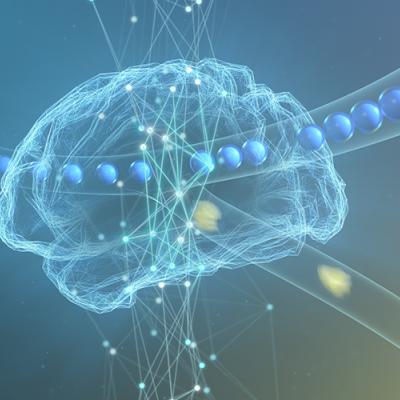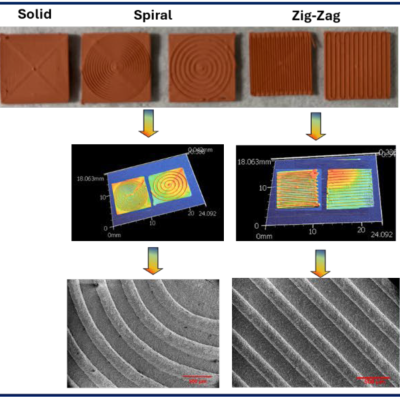LLNL researchers has developed a composite copper current collector formulation readily used in DIW 3D printing to guide lithium-ion plating/dissolution during charging and discharging cycles.
Keywords
- Show all (98)
- Additive Manufacturing (53)
- 3D Printing (8)
- Data Science (5)
- Cybersecurity (4)
- Imaging Systems (3)
- Synthesis and Processing (3)
- Analysis (2)
- Computing (2)
- Manufacturing Improvements (2)
- Simulation (2)
- Volumetric Additive Manufacturing (2)
- Additively Manufactured (AM) Optics (1)
- Electric Grid (1)
- Inertial Confinement Fusion (ICF) (1)
- Inertial Fusion Energy (IFE) (1)
- Manufacturing Simulation (1)
- Material Design (1)
- Precision Engineering (1)
- (-) Microfabrication (3)
- (-) Manufacturing Automation (2)
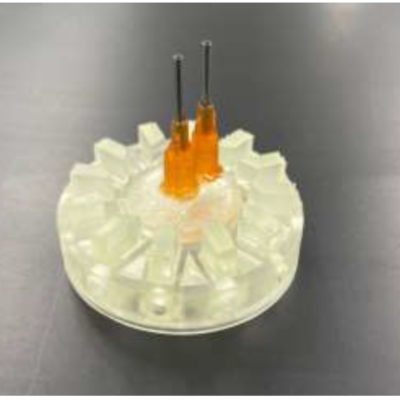
This invention focuses on the design of a fully interchangeable hub-droplet device apparatus for multiple droplet generation in parallel. The novel central hub combined with interchangeable chip configuration allows the use of different planar droplet generation devices that can be replaced and exchanged as needed. By separating the central housing hub which distributes incoming liquids into…
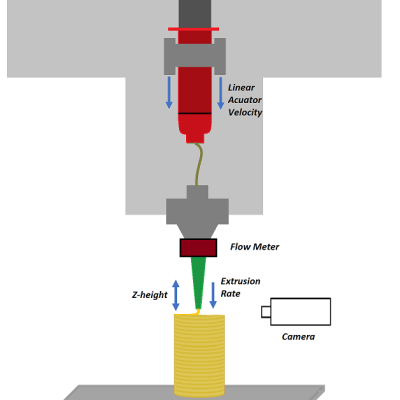
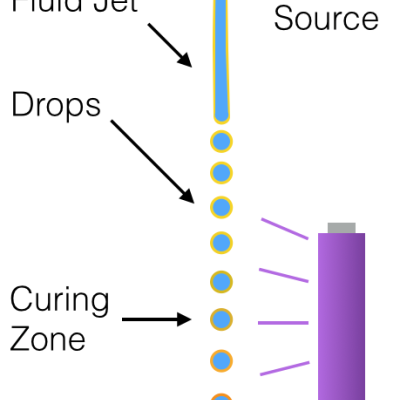
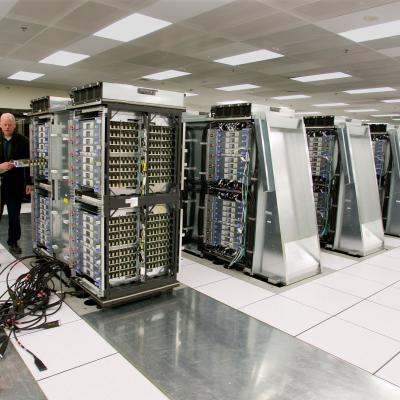
LLNL has developed a new active memory data reorganization engine. In the simplest case, data can be reorganized within the memory system to present a new view of the data. The new view may be a subset or a rearrangement of the original data. As an example, an array of structures might be more efficiently accessed by a CPU as a structure of arrays. Active memory can assemble an alternative…
